#SHEIN fast fashion offers affordable trends at the cost of questionable eco and labor practices
Photo courtesy of Malini Basu from Reem Farhat’s article in Study Breaks
SHEIN, the fast-fashion company, overtook Amazon as the most downloaded app last year, but its affordable trends come at a cost.
When a small company started making inexpensive wedding dresses in China, no one knew it would be one of the most successful fast-fashion companies in the world.
Through viral unboxing hauls and trendy vintage clothing, SHEIN has accumulated a massive following through social media platforms like TikTok in the pandemic. In fact, there are over 16 billion videos under “#SHEIN” and its prominence continues to grow at a rapid pace with the help of social media influencers and hauls.
SHEIN is a women’s shopping platform known for its affordable and trendy clothing. This captured the attention of many American and European Gen Z shoppers and has been spreading to other areas ever since.
Currently, the fast-fashion company is valued at around $30 million, along with other retail companies H&M and Zara. In May 2020, SHEIN passed Amazon and claimed the title as the most downloaded app in America. There is also speculation that SHEIN will continue growing and beat Zara as the number one fast-fashion brand in revenues.
I always hesitate when it comes to buying clothes. It’s usually to avoid myself from feeling guilty for spending more than necessary on cute tops. It always has the same pattern: me playing the waiting game to see whether I really want it and it ends with it going out of stock. With SHEIN, I don’t play this game because everything is so affordable. I feel that this is a quality that grasps people to fast fashion stores.
Other than affordability, SHEIN is appealing to me in other ways as well, such as slight recognition of body diversity through clothing options for a variety of body types. Something that drew me to SHEIN was its recognition that petite does not mean being skinny and small by giving options for small figures as “Petite Small”, “Petite Medium”, and “Petite Large”. As a 5 foot 1 consumer, it’s a constant struggle to find pants that don’t drag behind me and fit me well. That’s why these options made SHEIN very appealing; it’s almost like they care about short people like me and don’t want us to trip over pants.
Although SHEIN does a sufficient job of making clothes that are comfortable and trendy for all body types, their marketing strategies favor a certain body type. Through photoshopped pictures and picture-perfect model pictures, SHEIN tends to advertise skinny and tall girls and other fast-fashion companies, like Zara, follow the same pattern. Especially in the fashion industry, photoshopped and manipulated images play a significant role in shifting a consumer’s body image, usually by setting unreachable standards.
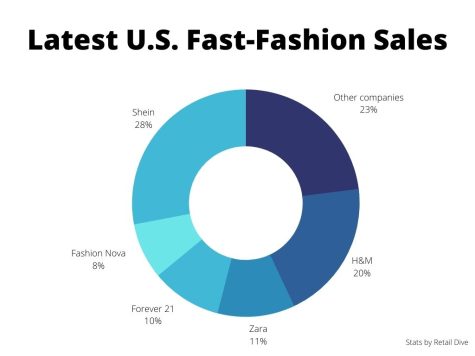
As a short stubby Indian-American, I feel pressured to change myself due to the prominence of the conventional beauty standards on sites like SHEIN. I haven’t seen any representation for brown girls like me and my only sense of comfort comes through review images that aren’t heavily edited. Being underrepresented in clothing makes it harder for me to be confident in my body. It makes me feel as if my weight and height should be an insecurity.
However, it is crucial to note that this is a typical issue in today’s society. Younger generations are becoming more aware of this issue, but alas there is still a “conventional body standard” that teenagers tend to idealize. Advocating for body diversity can be mutually beneficial to consumers and the company as fast-fashion companies can gain more followers for having this “edge” compared to other fast-fashion companies that favor the norms.
As a consumer, I feel if there was more representation for people like me, I would be more drawn to the store more. For example, “Lose You to Love Me” singer Selena Gomez launched “Rare”, a makeup company that embraces people’s differences. Gomez raised over $100 million for the Rare Impact Initiative, which supports organizations that help with inclusivity and mental health awareness. This company is well-known for its recognition of diversity and as a consumer, this appeals to me and makes me more inclined to buy these products compared to other celebrity skincare. I feel SHEIN could do the same with clothing for different body types and could go beyond being crowned “cheap and inexpensive clothing” to “diverse and inclusive clothing”.
It would be hypocritical for me to point out these issues and say that I don’t like their clothing. The fast-fashion clothing line gives a plentiful amount of trendy options for girls (and are currently branching out to give the same options to guys and non-binary people). They go beyond this and sell seasonal clothing and have new options every single day. On top of this, they have jaw-dropping deals that I don’t see in ordinary stores. Personally, the fact that I don’t have to limit my options due to money makes SHEIN very appealing.
Regardless, it’s important to look at this as an environmentalist. Although social media and other platforms promote fast fashion, some social media influencers and news articles expose the horrors of fast fashion. In other words, the cute $3 tops that we get from these companies are rooted in unethical labor laws, non-environmentally safe products, and cultural insensitivity.
Unlike companies such as H&M and Zara that have made reports on their progress into a more eco-friendly clothing line, SHEIN has discussed their transitions into more sustainable materials like organic cotton without disclosing the actual product’s sustainability.
By having more than 3,000 suppliers in China and dropping over 6,000 new designs a day, the insane amount of products that this company manufactures slowly deteriorates our Earth by emitting greenhouse gases and inducing climate change.
But SHEIN refuses to disclose who makes up its supply chain. By setting shop in countries like Bangladesh where about 17.5% of boys ages 7 to 15 work (the country’s child labor laws are very loose allowing a lot of loopholes), SHEIN and other fast-fashion companies are able to pay less to the workers compared to other areas.
As consumers, we should be pushing companies to be ethical. In other words, when we get clothes from SHEIN and other companies, we are encouraging them to continue using sweatshops and child labor.
As a consumer, I am happy with their products. Other than not being sustainable in the long run, SHEIN satisfies the need of staying with the “in” crowd by providing the latest trends to cheap people like me. But as an environmentalist, I am disappointed in what these #1 trending companies do to the environment. Ethically, fast-fashion companies abuse developing countries’ systems and it’s something that consumers should not condone.
Your donation will support the student journalists of Carnegie Vanguard High School. Your contribution will allow us to cover our annual website hosting costs and fund field trips, competition fees, and equipment. We appreciate your support!
Hi! My name is Ankitha Lavi and I am a senior at CVHS. I love playing the piano and am a huge music enthusiast.


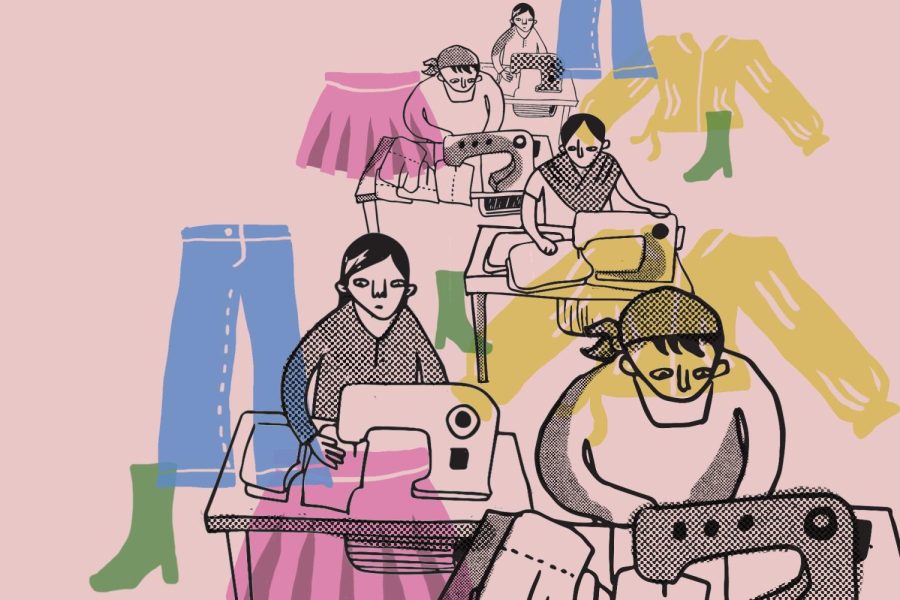
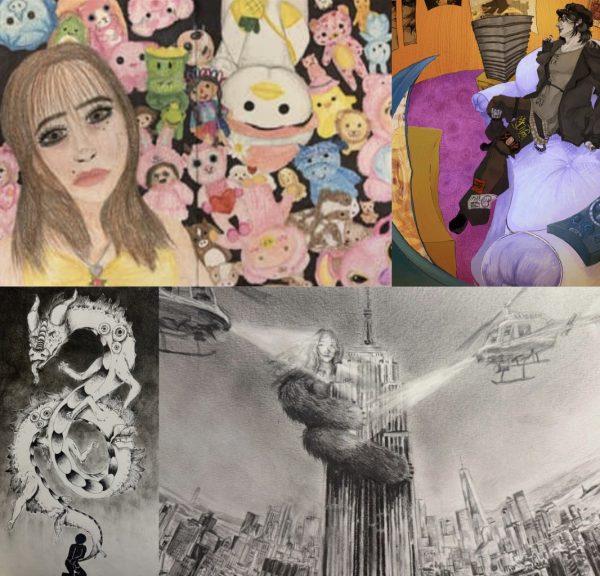
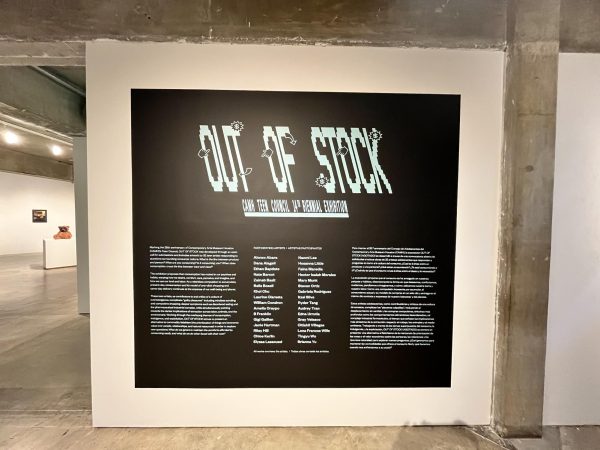

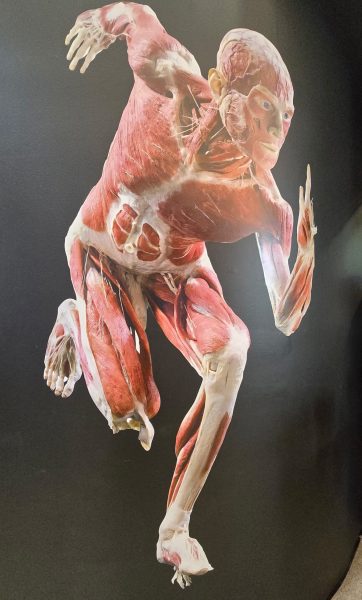
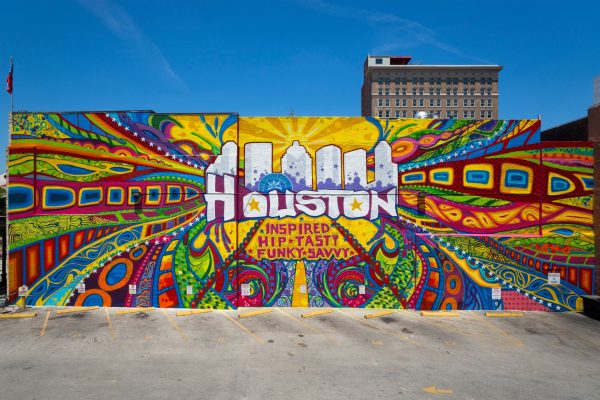
hannah mansour • Nov 9, 2021 at 2:18 pm
I totally agree with this. The perfect deal of cheap yet in trend clothing definitely has its downsides.
Esha Sharma • Nov 9, 2021 at 2:13 pm
I love how you were able to include multiple perspectives and still maintain a flow and proper structure.
Isabel Hoffman • Nov 9, 2021 at 1:58 pm
I loved the hashtags at the end #goodstory